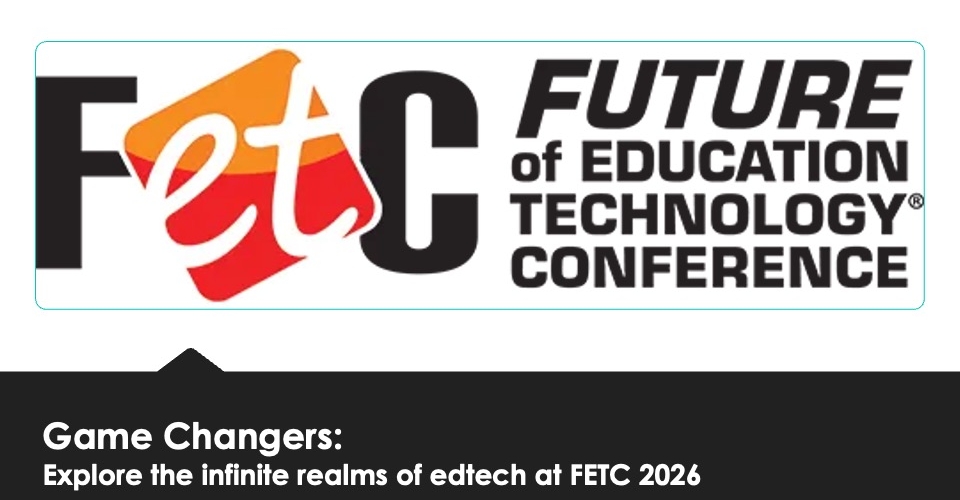STEAM educator Tim Needles wants to introduce you and your students to the concept of “creative advocacy.”
That means students choose projects that cover space travel, the arts, the environment and other “things they believe in,” says Needles, a technology integration specialist at Smithtown Central School District and featured speaker at the 2026 Future of Education Technology Conference.
Creative advocacy in action
Needles’ students use various tech design tools to create posters for public service announcements. “If you want to advocate for anything, you have to really be good at storytelling,” he explains. “Kids are good with social media but making social media posts actually stand out and send a message to people about what you care about is a whole other thing.”
Needles, who was named a DA 100 top influencer in education, will also lead a session with the same title as his book, STEAM Power. He’ll be joined by Alanna Winnick, a K12 tech director and the author of The Generative Age. The pair will cover infusing the latest creativity-oriented AI tools into STEAM subjects.
Making AI meaningful in the classroom
“One of the things that differentiates the students who are using AI well versus the students who are just using AI is being able to create meaningful prompts that give you the results you’re looking for—and re-prompting—not just giving it one prompt and being done,” Needles explains.
Needles and his students also experiment with different AI platforms to determine which are best suited to various tasks. They used AI to generate conversations with characters in the books they are reading and compose songs based on the text.
“The students need to know the characters and the details to program it,” he observes. “It’s doing it in a much more interesting way that engages students.”
Here’s another thing they’ve learned about AI: It’s a better tool for English language arts.
“You don’t know exactly where AI is going, but you know it’s going to be really important, and we know prompting is a big piece of it,” he notes. “So, we have to know how machine learning works.”
Creative advocacy as a real-world skill
In his presentations, Needles will also cover how to align instruction along kindergarten-to-college-to-workplace pathways. One goal is to smooth the academic and professional transition periods for students headed toward a drastically different workplace, where they may experience multiple job changes.
“It’s modeling projects after the real world, which is more collaboration, more creativity and way more unexpected pivoting,” he concludes.
Needles also sees schools moving away from the traditional classroom approach and toward project-based, collaborative instruction that’s less teacher-centered because students have more choice in what and how they learn.
He encourages more K12 teachers to develop a college-style syllabus that sets the path for a class that students will help shape.
“You don’t always know exactly where you’re gonna go,” he notes. “You know you’re gonna cover certain concepts and have the freedom to work together.”
He was inspired by a TED Talk in which a 7-year-old described how he coded an app. Needles then knew nothing about coding but was convinced he and his 25 students could figure it out.
“It includes a lot more failure and making that failure reflective and making sure you persevere,” he contends. “I think that alone is a big lesson for students because it’s not something you typically would see. Teachers don’t like to fail in front of class, but I think it’s an important step in the creative process.”
His class eventually succeeded in creating an app. “It’s a much more authentic experience for students because they’re really part of it and they get to figure out what their strengths are.”
More from FETC 2026: How to make time for self-care, communication and mentorship
Find your next story in our slideshow



